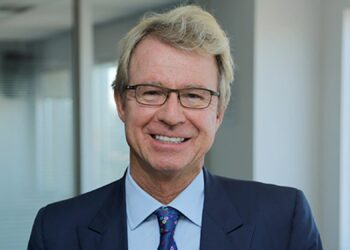With the amount of compliance the corporate watchdog has piled onto the financial advice industry in a bid to increase transparency and standards, it would be wise for the regulator to also walk the talk on disclosure.
This is especially given that the draft regulations of the Better Advice Bill revealed that once the financial adviser exam is moved from the Financial Adviser Standards and
Ethics Authority (FASEA) to the Australian Securities and Investments Commission (ASIC), the fee to sit the exam will increase by almost 60%.
Next year, the financial adviser exam fee will rise by $354 to $948 and ASIC needs to explain why.
The reason they need to explain is the fact that the regulator had exponentially increased the ASIC levy over three years, before the Government decided to restore the levy to the 2019 level, for the reason that there were less advisers and that most advisers were not associated with the litigation the levy funded.
Many of the advisers who have left the industry have done so due to the amount of red tape the regulator has introduced.
Not only this, ASIC representatives recently told a Parliamentary committee that they “deeply cared” about the costs being borne by financial advisers but now have increased the fee for advisers to sit the compulsory exam.
Another reason the regulator should be explaining how they worked out the fee is because the cost to remark non-multiple choice answers has remained the same at $218.
Advisers that continue to be “existing” on the Financial Adviser Register but not a “relevant provider” and intend on sitting the exam next year may need to rethink their strategy as the booking period for the last exam of 2021 closes at the end of October.
However, the draft regulations did include some sensible changes such as the removal of the three month waiting period before a person could resit an exam as well as the addition of more flexibility around how a person chooses to sit the exam.





